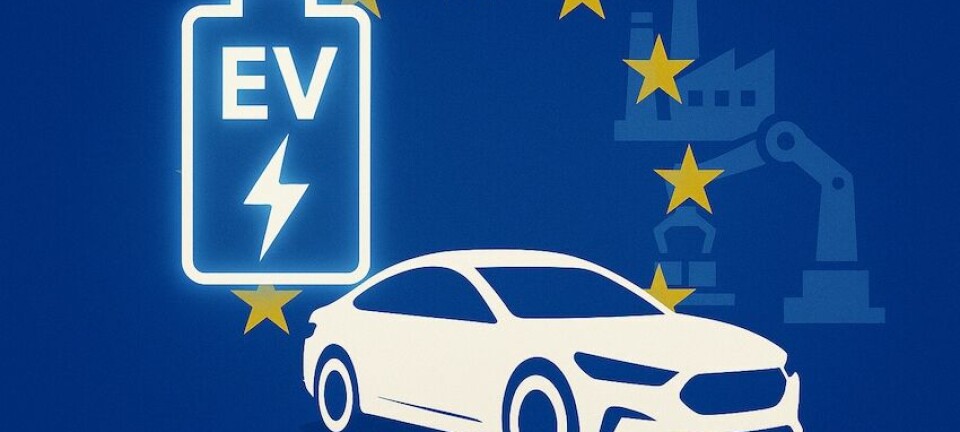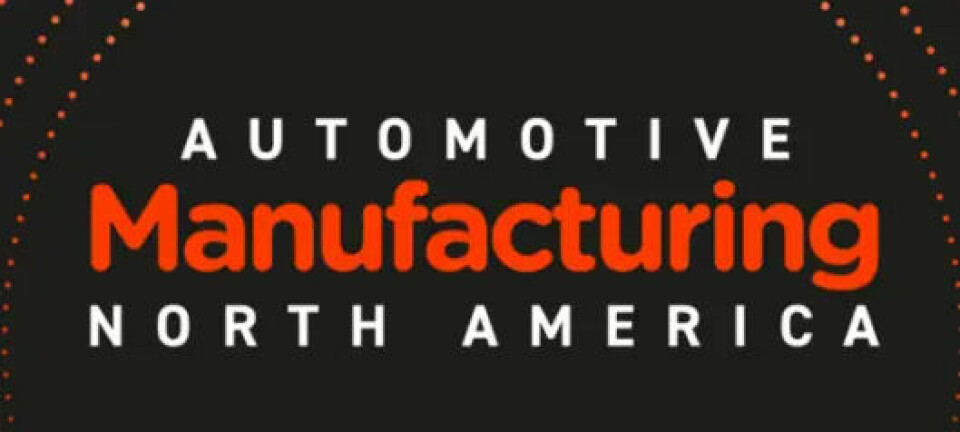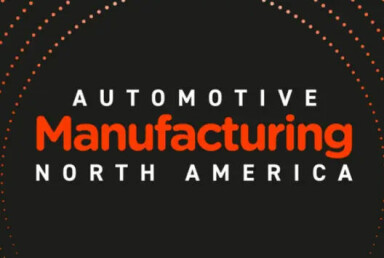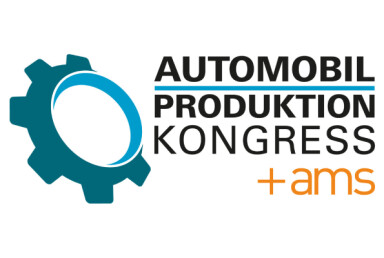Overcapacity hits European auto production
Europe’s carmakers cut production as overcapacity bites
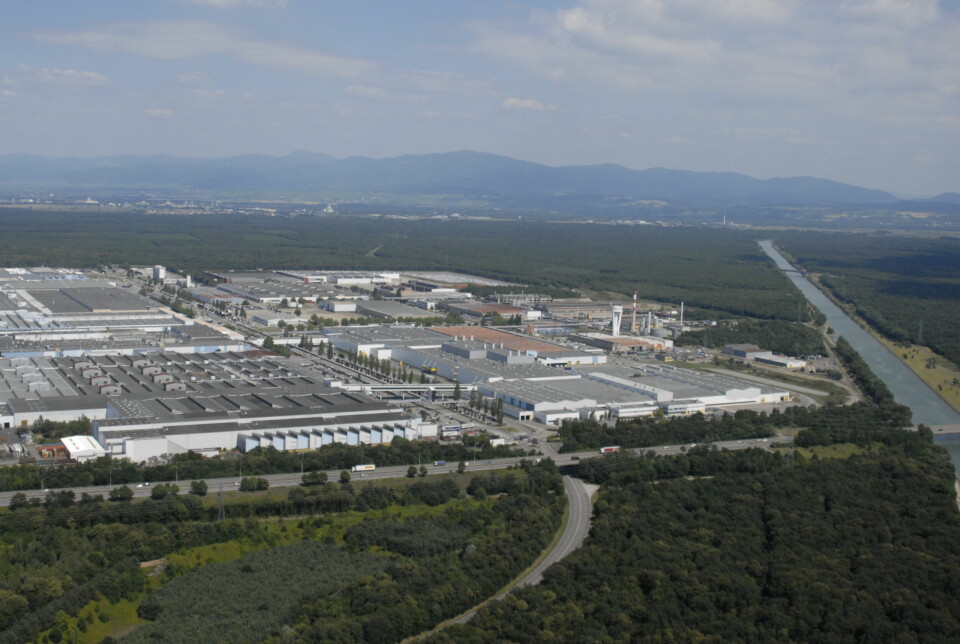
Stellantis, Volkswagen, and Ford are pausing production at multiple plants across Europe amid falling demand, rising inventories, and shrinking market share. With utilisation rates dropping, industry-wide plant closures are beginning to look inevitable.
Ford is cutting jobs at its Cologne factory and will move production there to a one shift operation in January next year. Volkswagen, which is in the process of permanently cutting more than 700,000 units of annual capacity in Germany alone has announced production halts for its EVs. Production at Zwickau will stop for a week, as will output at the smaller plant at Dresden. Production at Osnabruck will be cut by a day a week permanently, while production may also be stopped at Emden. At present, Zwickau and Emden make only EVs and Volkswagen simply cannot sell anything like the number of EVs which it is set up to produce.
With sales in Europe down by more than 6% in the first eight months of the year and rising stocks of unsold vehicles at most of its brands in Europe, Stellantis has decided to halt production at several European factories
Market challenges in both the US and Europe
Stellantis has also announced production pauses with the company having problems on both sides of the Atlantic. In Europe it has several factories which are operating with utilisation levels below 40%, some below 30%. With sales in Europe down by more than 6% in the first eight months of the year and rising stocks of unsold vehicles at most of its brands in Europe, Stellantis has decided to halt production at several European factories.
Production of the Fiat Panda and Alfa Romeo Tonale at Pomigliano d’Arco near Naples will stop for at least two weeks, and production of the DS3 and Opel Mokka at Poissy near Paris will stop for more than two weeks. In Poland, production of Fiats, Jeeps and Alfa Romoes will stop for eight days with production of the Opel Grandland at Eisenach in Germany being halted for two days and possibly more; and production in Spain at Madrid and Zaragosa will be halted for up to 14 days.
Stellantis explained that these stoppages are in response to difficult market conditions and the need to “balance” (i.e. cut) inventories. Stoppages apply to all powertrains, ICE, hybrid and electric vehicles. Moreover, it is not just European market difficulties driving the production stoppages, the US export market for the Alfa Romeo Tonale has been more or less eliminated by the recent increase in US tariffs, which had already led to the end of production for now of the Dodge Hornet, a rebadged version of the Tonale. With sales of the Panda continuing to decline in Italy and no sign of Tonale exports to the US coming back to life, there have been reports that the Pomigliano factory could be cut to a single shift as soon as November this year
There will be a minimum of 60 lost production days across these plants, and these stoppages are unlikely to be the last. Stellantis is also suffering from the fall-out of the latest Takata recall. Ostensibly affecting only the DS3 and Citroën C3 models, contagion affects are thought by some observers to be impacting sales of Fiats, Alfas and other Stellantis brands.
Low production capacities paint a bleak picture
The lost production days detailed above may achieve the immediate objective of reducing inventories, but there is little to suggest that Stellantis’s European brands will see a production or a sales rebound in the months ahead. The company has some new models coming from Peugeot especially and in Melfi in Italy, new models from Jeep, DS and Lancia will give a boost to these brands but the volumes involved, less than 100,000 a year at best, will do little to increase overall volumes.
The Melfi plant also symbolises the changes and issues facing Stellantis. At the peak of Punto production in the 1990s and more recently at the height of production of the 500X and Jeep Renegade, the plant made well over 250,000 a year, and more in some years. Now, while making larger and higher priced, potentially more profitable, vehicles than in the past, Melfi’s output and employment are much lower than they used to be. The same applies at the Cassino plant which has capacity of 300,000 upa but is now making well under 100,000 upa. The Fiat Tychy factory made over 400,000 upa in its heyday but now makes less than half this number. The Peugeot plants at Sochaux and Mulhouse in eastern France have a nominal capacity of over 600,000 across the two sites but again they make not much more than half this number.
It may well be that the company or companies which cut first will be best positioned to come out the other side fit for survival in the long run
While employment levels have been adjusted, at all these sites, the infrastructure of these factories and their surrounding supply chains and support services have been set up to supply a much higher product volume. Many Stellantis and indeed Volkswagen plants are producing far fewer vehicles than they could. While politicians and unions do all they can to persuade Stellantis or other companies’ management to keep under-utilised plants operating, questions need to be asked on how long Europe’s car companies can continue to operate a production network originally established in a very different world.
The European market is where most European made vehicles are sold. This fell by 30% between 2016 and 2024, and there is no sign of recovery to 2016 volumes. The reality is that these volumes are not going to recover. And competition for the remaining market, is rising and will only get stronger, especially from the Chinese.
Early action might protect future production
Some of the factories which are currently experiencing production slowdowns or stoppages may see a return to “normal” levels of production later in the year, or next year. However, it seems highly unlikely that they will all experience a recovery, even a partial one. More likely there will be further production stoppages next year. At some point one or other vehicle company’s shareholders will conclude that things must change. And that will undoubtedly mean multiple plants closing, not just at Stellantis and Volkswagen but at other companies too. it is difficult to envisage Europe’s vehicle manufacturing network escaping a significant reduction in the next few years. It may well be that the company or companies which cut first will be best positioned to come out the other side fit for survival in the long run.
